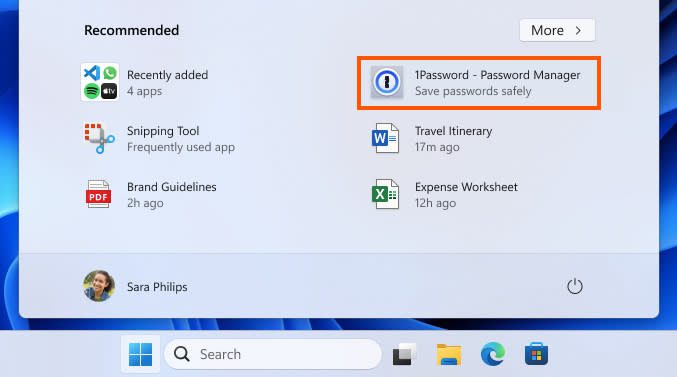Microsoft partners with Semafor for AI-powered reporting
Microsoft is partnering with media website Semafor on a new project that uses ChatGPT to help create news articles, The Financial Times reported. This is one of several journalism collaborations Microsoft is set to announce today, and follows a New York Times lawsuit filed against the software giant and its partner, OpenAI, for copyright infringement. […]

Microsoft is partnering with media website Semafor on a new project that uses ChatGPT to help create news articles, The Financial Times reported. This is one of several journalism collaborations Microsoft is set to announce today, and follows a New York Times lawsuit filed against the software giant and its partner, OpenAI, for copyright infringement.
Semafor, co-founded by former Buzzfeed editor-in-chief Ben Smith, will create a feed calledSignals” which will be sponsored by Microsoft for an undisclosed but “substantial” amount, the report said. It will highlight the latest news and analysis, offering a dozen posts per day. All stories will be written entirely by journalists, with Effective AI acting as a research tool.
Signals responds to profound and ongoing changes in the digital media landscape and post-social news, as well as the risks and opportunities posed by artificial intelligence, Semafor wrote.
Specifically, the Semafor team will use AI tools to quickly find news stories from other news sources around the world in multiple languages, while providing translation tools. An article can therefore include Chinese, Indian or other sources, with journalists adding context and summarizing the different points of view. “Journalists must embrace these tools in order to survive and thrive for another generation,” said Noreen Gillespie, a former AP reporter now at Microsoft. The Financial Times.
The use of ChatGPT and other AI chatbots has been controversial in newsrooms, with sites like CNET recently using them to generate full articles (albeit with the help of human editors). This is despite the fact that AI can “hallucinate” (invent false content) and exhibit other types of bizarre behavior. Newsrooms are trying to figure out how to use them to improve reporting and potentially compete with chatbots that produce tons of SEO-optimized content.
At the end of last year, The New York Times announcement that it was suing OpenAI and Microsoft for using published news articles to train its chatbots without providing compensation. The lawsuit, which potentially seeks billions in legal and actual damages, marks the first time a major news organization has sued ChatGPT’s developers for copyright infringement.
Microsoft too announcement collaborations today with the Craig Newmark School of Journalism, the GroundTruth Project, the Online News Association and other journalism organizations.
This post contains affiliate links; If you click on such a link and make a purchase, we may earn a commission.













